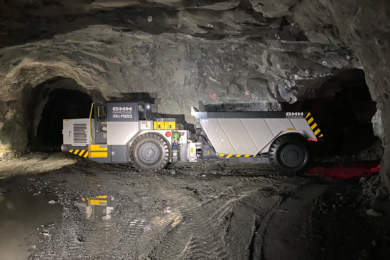The “exposure draft” for consultation on the Pan-European Reserves and resources Reporting Committee (PERC) was launched on June 17, with a six-month consultation process leading to launch of the final version of the Code in mid-December 2008. There was lively discussion at the launch event in the Council Room at IOM3 (Institute of Materials Minerals and Mining), in London. Among the questions raised was the need for reporting standards for scoping, prefeasibility and feasibility studies. This is a question that has been well aired in the pages of International Mining, first in the December 2007 issue and followed up in various issues thereafter. Readers are further encouraged to send us their opinions and ideas on study reporting standards.
PERC was formed in 2006 to resume the work of the previous IMM Reserves Committee which had developed the original 1991 IMM Code, and to take responsibility for managing and updating the Reporting Code 2001 which had been developed under the aegis of the Committee for Mineral Reserves International Reporting Standards (CRIRSCO), with sponsorship from the Institute of Mining and Metallurgy (IMM), the European Federation of Geologists (EFG), the Geological Society, and the The Institute of Geologists of Ireland (IGI), for use in the UK and western Europe. PERC members represent its parent organisations as well as key sectors of the mining and financial communities in the UK and Europe more generally. The PERC Code 2008 has been developed as an update to incorporate improvements in the international CRIRSCO ‘template’ as well as details specific to the European extractive industries (such as for industrial minerals, dimension stone, and aggregates). It is a CRIRSCO-compliant Code and shares identical reserve and resource definitions with other Codes in the CRIRSCO family such as JORC, SAMREC, and CIM.
To take part in the PERC discussions and give your opinions on that code go to http://www.percreserves.com/









